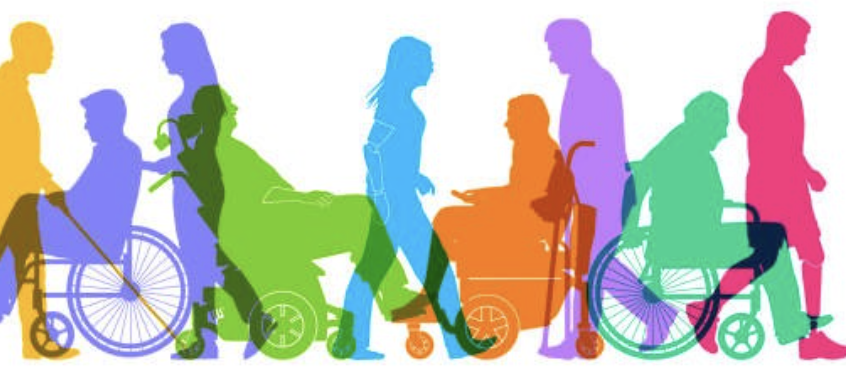Disabilities in Healthcare: Bridging the Gap for Inclusive Care
Written by Mia Cain
For many people with disabilities, navigating the healthcare system often remains a complex and sometimes frustrating challenge. From physical barriers in medical facilities to implicit bias and inadequate provider training, people with disabilities regularly encounter hurdles that impact the quality of care they receive. Examining and understanding these disparities can create a more inclusive, accessible, and equitable healthcare system.
Disability is not a monolithic experience: it spans physical, sensory, cognitive, and mental health conditions that each have their own unique challenges and needs. According to the World Health Organization, over 1 billion people––about 15% of the global population––live with some form of disability. Despite this, many healthcare systems are still designed without people with disabilities in mind. Here are some common barriers:
- Physical Inaccessibility: Many clinics and hospitals lack assessable entrances, exam tables, diagnostic equipment, and restrooms. This can prevent people with disabilities, such as a wheelchair, from even receiving routine care.
- Communication barriers: Patients with hearing, speech, or cognitive disabilities may struggle to communicate with providers, especially when there is a lack of interpreters, alternative communication methods, or plain language explanations.
- Provider Bias & Lack of Training: Healthcare professionals may not receive adequate training on disability issues, leading to unconscious bias, misinformation, and an overall lack of understanding. This can result in delayed diagnoses, inappropriate treatment or outright dismissal of symptoms.
- Inadequate Health Coverage: People with disabilities are more likely to be unemployed or underemployed, and they often face higher out-of-pocket healthcare costs. Many insurance plans also exclude necessary support like assistive devices, personal care aides, or long-term therapies.
These barriers lead to worse health outcomes for people with disabilities. People with disabilities are less likely to receive preventive services like cancer screenings, more likely to experience poor mental health, and at a higher risk for diseases like obesity, diabetes, and cardiovascular disease. But there are as to combat these inequities and move towards more inclusive healthcare such as more training and education on all types of disabilities, policy reform, and patient-centered care. By acknowledging these barriers, addressing systemic gaps, and amplifying disabled voices, it’s possible to make the healthcare system work for everyone.

